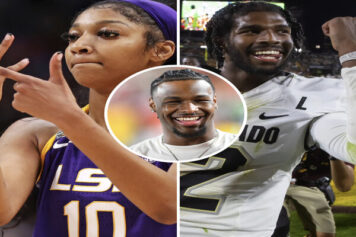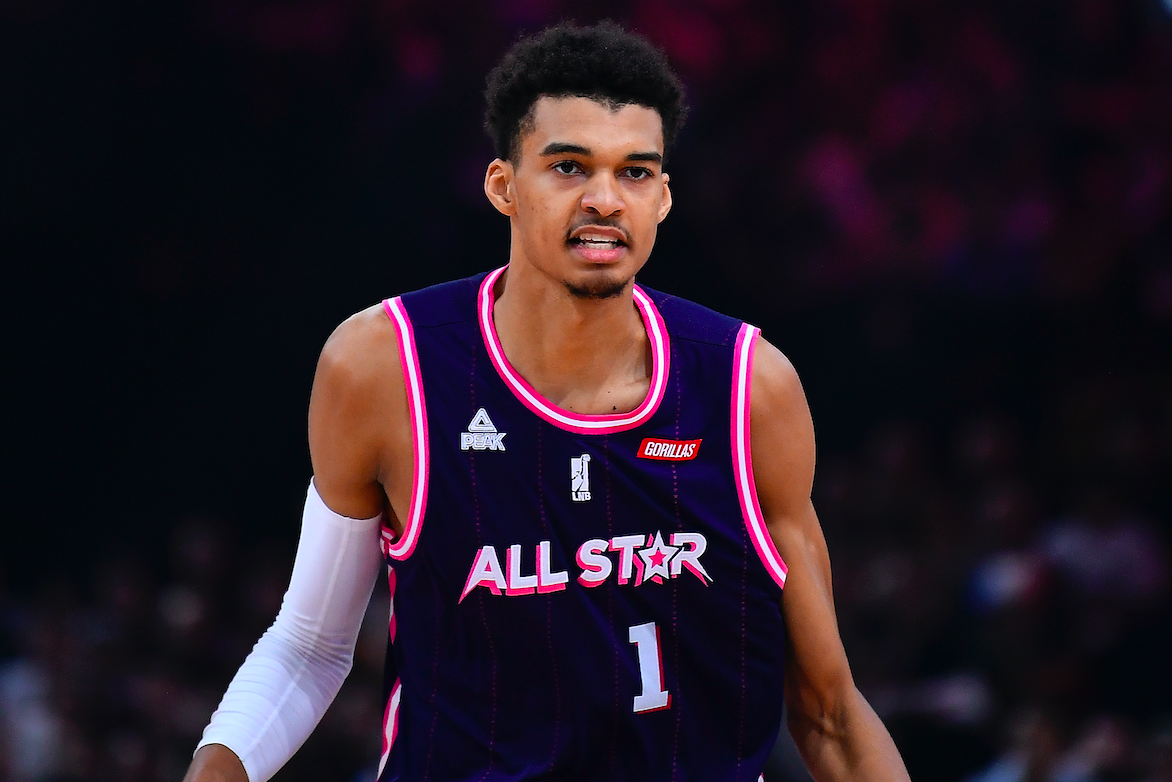The 2019-2020 college basketball season tips off on Tuesday night at the Champions Classic at Madison Square Garden when No. 3 Kansas will face No. 4 Duke, followed by No. 2 Kentucky squaring off against No. 1 Michigan State.
As we already know, those four teams don’t have a black head coach. And of the four, Kentucky is the only school that has had one in its history (Tubby Smith).
However, what you will see on Tuesday night is plenty of black faces playing on the court, and seated next to the head coach, as assistants.
In college basketball's major conferences, a level of the sport in which the majority of assistants & the vast majority of players are black, the number of black head coaches lags significantly behind
'It's heartbreaking, man. It's really heartbreaking'https://t.co/lIg1SrgWdi
— Craig Meyer (@ByCraigMeyer) November 3, 2019
Plenty Of Indians, No Chiefs
Duke has three in Nate James, Chris Carrawell, and Nolan Smith (Director of Operations & Player Development.) Michigan State also has a trio in Dwayne Stephens, Mike Garland, and David Thomas (Director of Basketball Operations). Kentucky has a pair in Kenny Payne and Tony Barbee. While Kansas has a quartet in Kurtis Townsend, Norm Roberts, Jerrance Howard, and Fred Quartlebaum (Director of Basketball Operations).
“As long as this continues to go, you’re always going to have coaches who are getting left out and are not getting those opportunities,” said LeVelle Moton, head coach at North Carolina Central to the Pittsburgh Post-Gazette. “It’s heartbreaking, man. It’s really heartbreaking.”
According to a recent report from the Post-Gazette, there are only 14 black head coaches (18.7%) of the 75 programs in college basketball’s six major conferences. And if you just take the Power Five conferences into account, then the number drops to 13.8%, given that the Big East has five black head coaches.
In 2015, The Shadow League wrote a story entitled, “The Vanishing Of Black College Coaches At Power Schools.”
https://twitter.com/Dr_Tyrie_L_Fant/status/640756730956115968
That mockery has continued.
Institutional Racism: The Numbers Don’t Add Up
When the University of Connecticut’s head basketball coach Kevin Ollie cut down the nets after winning the 2014 National Championship, he joined a very select group. Since 1939, when college basketball began crowning its champion, only three other title teams were lead by an African-American Head Coach John Thompson at Georgetown in 1984, Nolan Richardson at Arkansas in 1994 and Tubby Smith at Kentucky in 1998.
There hasn’t been one since Ollie, and until the coaching and administration demographics begin to match the racial dynamics of what takes place on the actual basketball court, it might take longer than that for the next one to come along.
For the record, almost 80% (78.9%) of major-conference scholarship basketball players are black.
The numbers are even more depressing when you break them down another level.
Of the 353 schools that play Division 1 basketball, only 29.2% of head coaches are black. That number drops to 24.1% when you take away HBCUs. The Pac-12 doesn’t have a single black coach, and Juwan Howard’s hiring at Michigan was the first time a black man had been hired by the Big 10 since 2007.
And for those that are wondering if the coaching talent is there, the answer is yes. At those same 353 Division I programs, 50.1% of the assistant coaches there are black.
Why do we keep stepping backwards, when it’s been proven, time and again, that there is no shortage of talented black coaches out there?
Short Leashes, Short Memories, Short Windows Of Opportunity
Does anyone remember Paul Hewitt taking Georgia Tech to the 2004 title game? How about Shaka Smart taking VCU to the Final Four in 2011, or John Thompson III getting Georgetown there in 2007? What about Mike Davis taking 5th-seeded Indiana to the championship game in 2002?
Earlier this year, a report from ESPN profiled how black assistant coaches were the ones being scapegoated the most from the fallout of the FBI’s investigation into the sport. At many of those programs, the black coaches were the ones that were sitting in courtrooms, despite not having opportunities run their own programs.
So on Tuesday night, and throughout the season, whenever you watch a college basketball game, ask yourself once question.
How come the men in the suits on the sidelines don’t look like the players on the floor?
You already know the answer.



